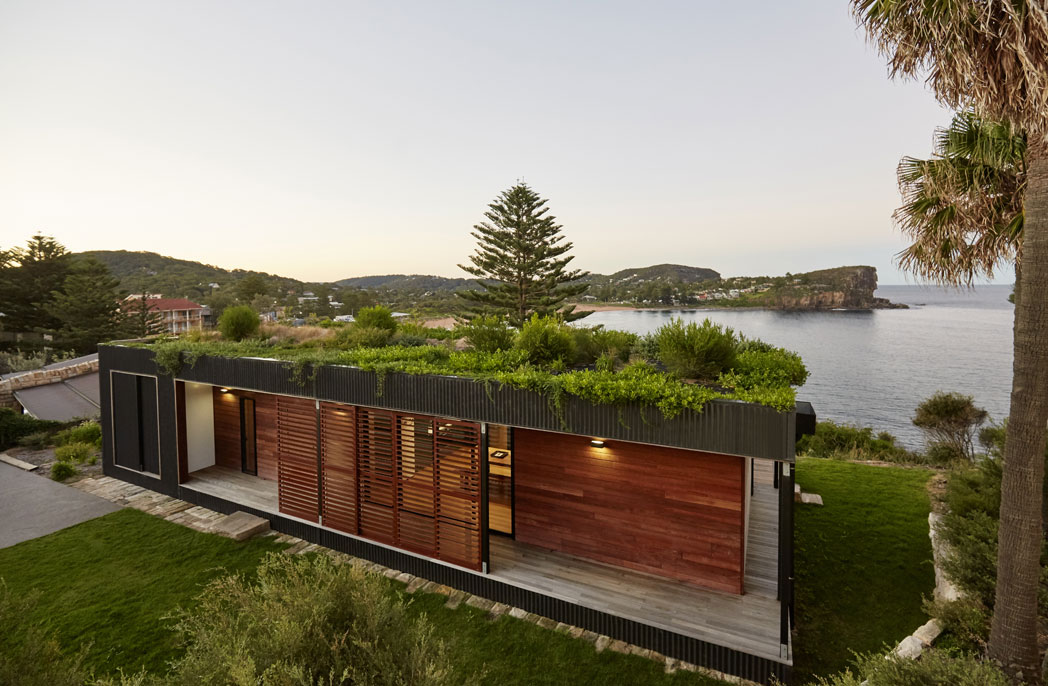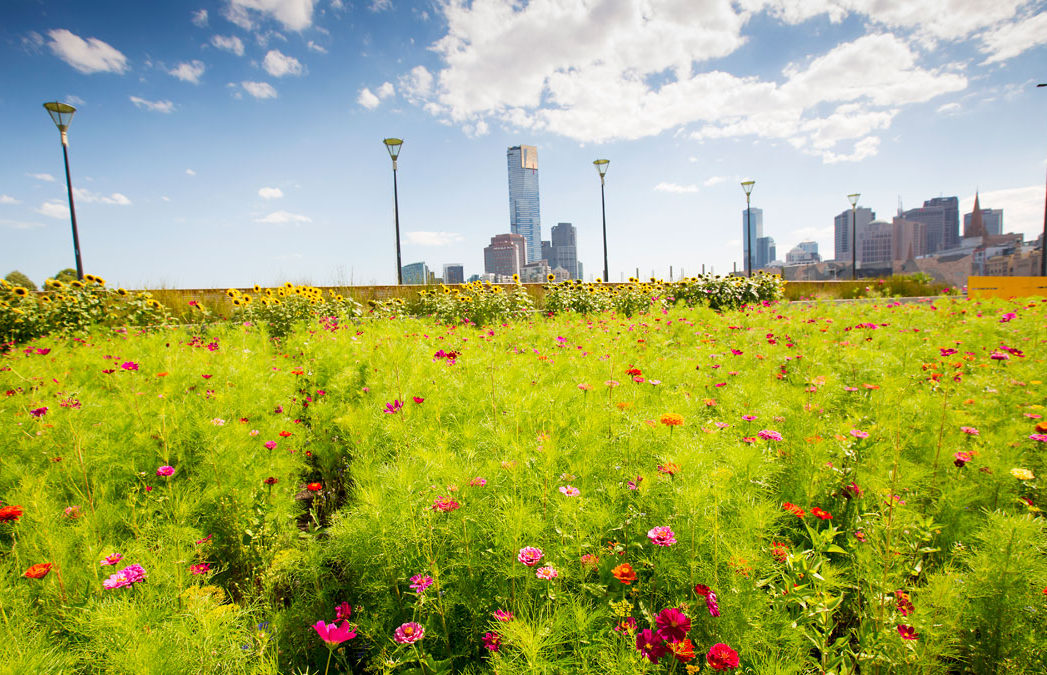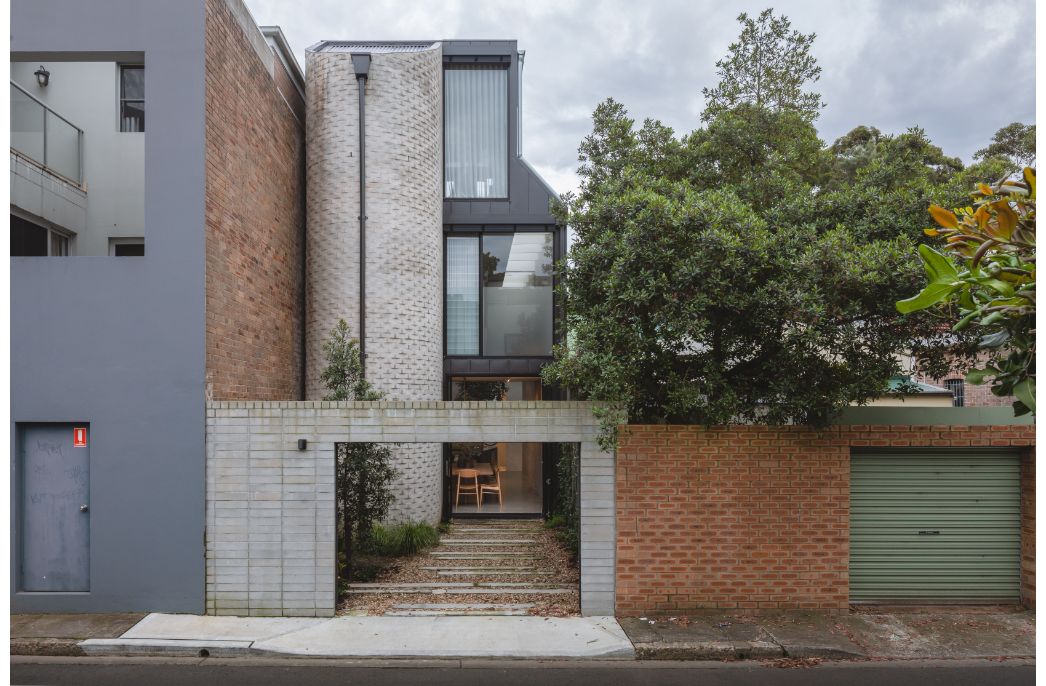
Woods Bagot imagines car-free Sydney streets
Woods Bagot imagines car-free Sydney streets
Share
A study commissioned by Woods Bagot finds that the impact of reducing cars in Sydney could provide life satisfaction benefits of up to $2.9 billion in value.
Car-free Sydney streets would also solve the NSW Premier’s priority to increase people’s access to green space.
The study, Streets Ahead: A New State of Wellness was completed by urban systems, planning and brand experience consultancy, ERA-co.
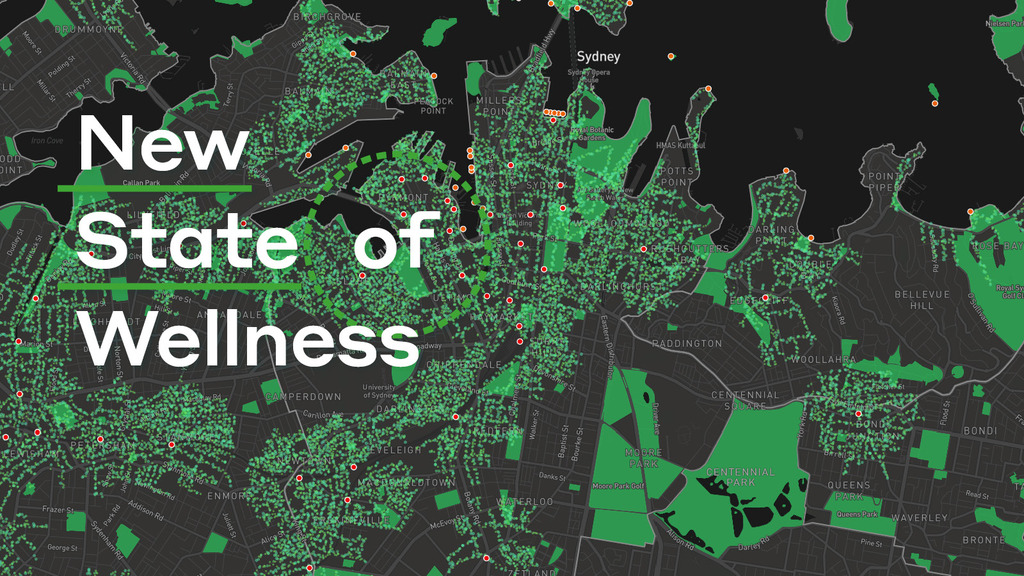
Commissioned by architecture studio Woods Bagot, ERA-co examined the idea of closing quiet community streets but retaining main thoroughfares, allowing closed streets to become green-spaces for local communities with parks, playgrounds and market gardens.
The research and analysis were done by ERA-co’s head of impact valuation, Meg Bartholomew.
“A surprising benefit of the Covid-19 lockdown is that urban streets got quieter and more pleasant. Cities around the world are now introducing measures to retain a more peaceful state,” says Bartholomew.
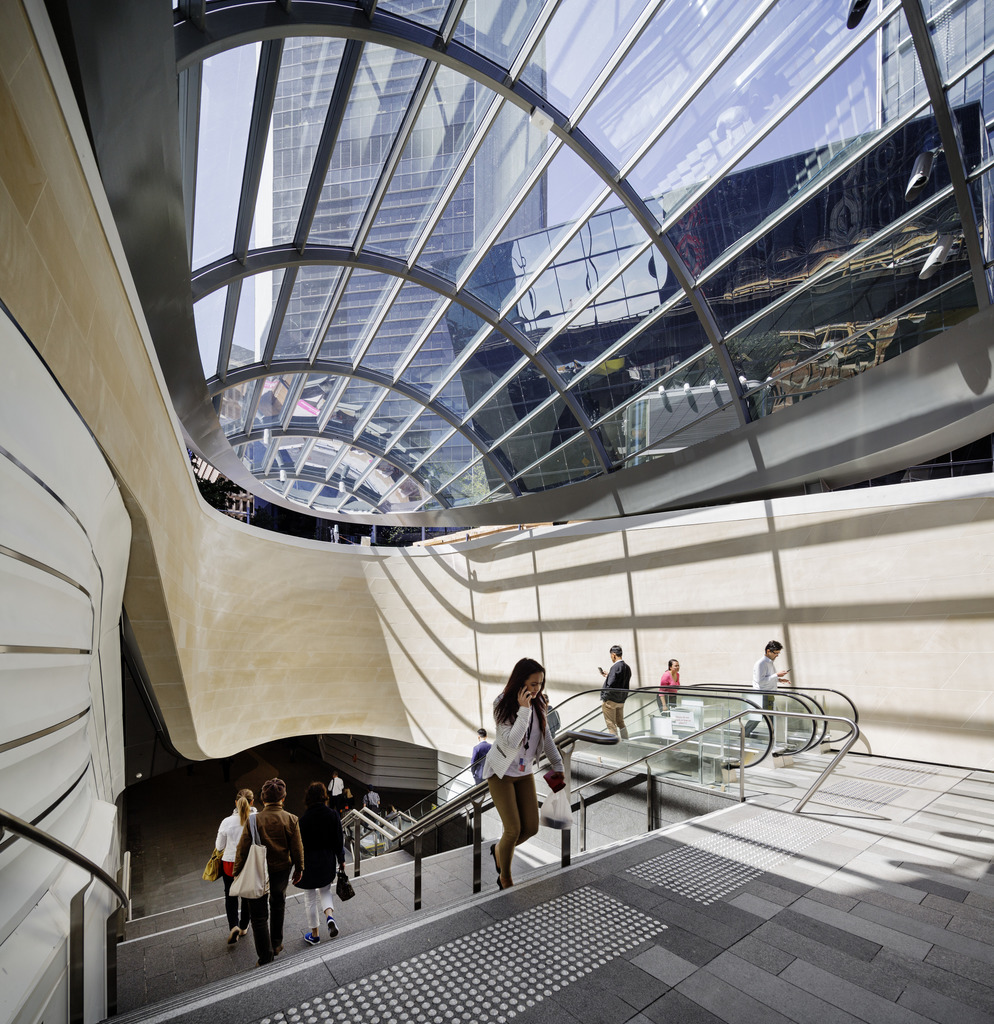
“Our study shows what a strategy for Sydney could look like, at a micro and macro level.”
Critically, the scaleable, place based methodology can be applied to inform governments and communities with measurable impacts of proposed changes.
Sampling 11 inner local government areas, the study shows that closing quiet streets could take up to 100,000 cars off the road – equal to almost 30 percent of residents’ cars from the study area – resulting in almost $1.3 billion in yearly household savings.
Woods Bagot principal and regional transport leader John Prentice points to examples where both efficiency and experience for public transport commuters are improved by street closures.
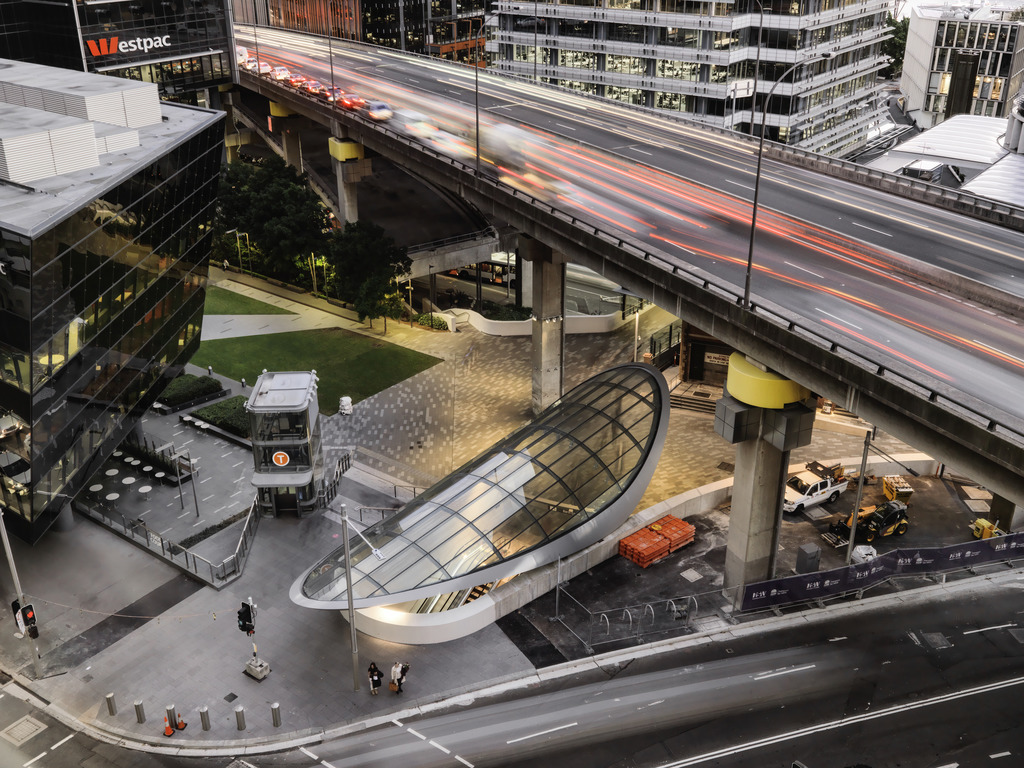
In particular, the ‘first and last-mile’ experience describes the beginning and end of a public transport journey in which, typically, after traveling on public transport, people need to walk or use a second mode of travel to reach their destination, which can deter them from taking public transport.
“At Woods Bagot we’re interested in the vitally important design of ‘first and last mile’ experiences in our cities and neighbourhoods, which help create enjoyable and efficient public transportation to reduce cars on our streets,” explains Prentice.
This is evoked in Woods Bagot’s design for Sydney’s Wynyard Walk: a fully accessible pedestrian link focused on fluidity. Using large, sinuous volumes of space, the design cuts the walk from Wynyard Station to the Barangaroo waterfront from 15 minutes down to six.
Welcoming the report as a valuable contribution to the policy debate, the Committee for Sydney’s director of policy Eamon Waterford said the Streets Ahead study showed a novel way of delivering the NSW Premier’s Priority to increase access to green public space.
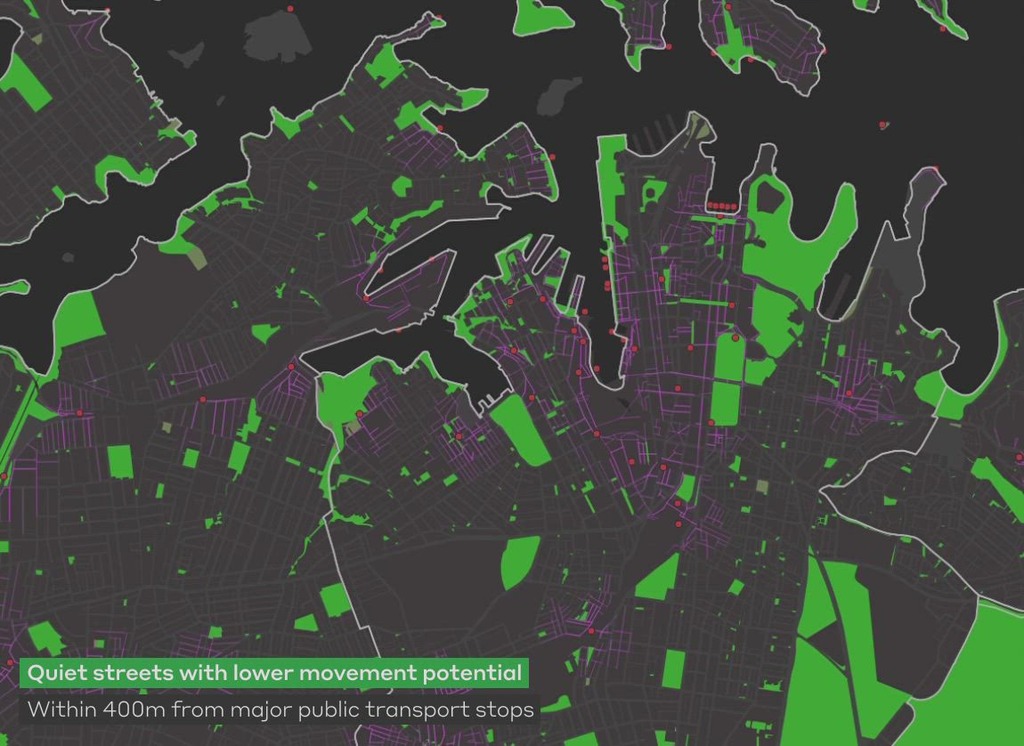
“Transforming quiet streets is a wonderful conversation we need to have in Sydney. Turning streets back to space for gardens and children playing would increase the liveability of our city,” Waterford says.
Woods Bagot director Sarah Kay hopes the study will inspire planners and policy makers to support place based approaches as they address issues of urbanisation.
“These are big numbers, the types of figures that we don’t see in typical cost-benefit analyses. The Streets Ahead report shows how it’s possible to back up bold and progressive propositions with hefty evidence,” Kay says.
Early in the pandemic, UNSW Built Environment Professor Linda Corkery explored the planning concept of the 20-minute neighbourhood and why it has surged in popularity during the COVID-19.
You Might also Like
